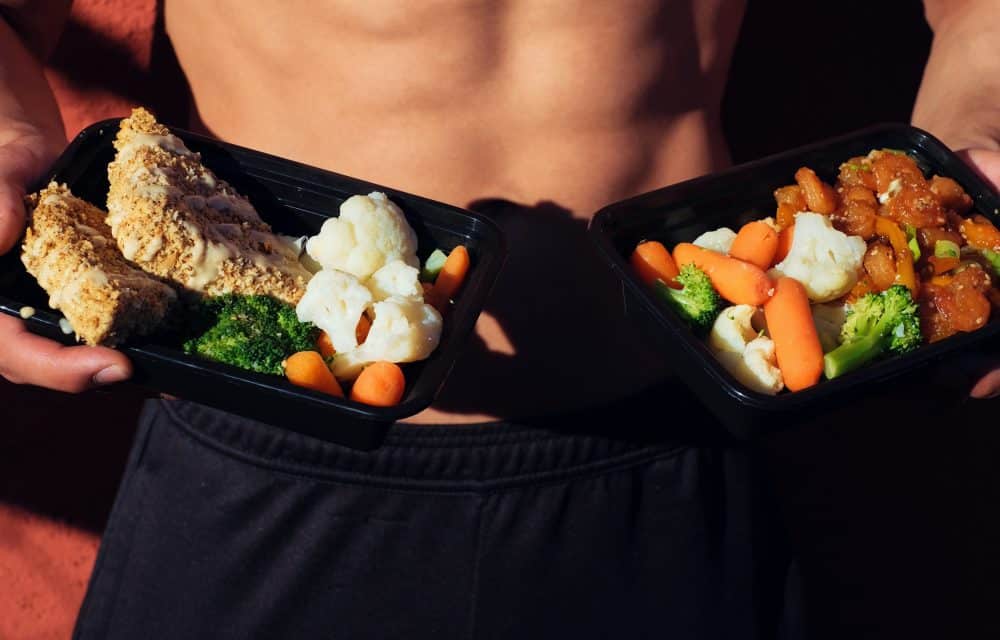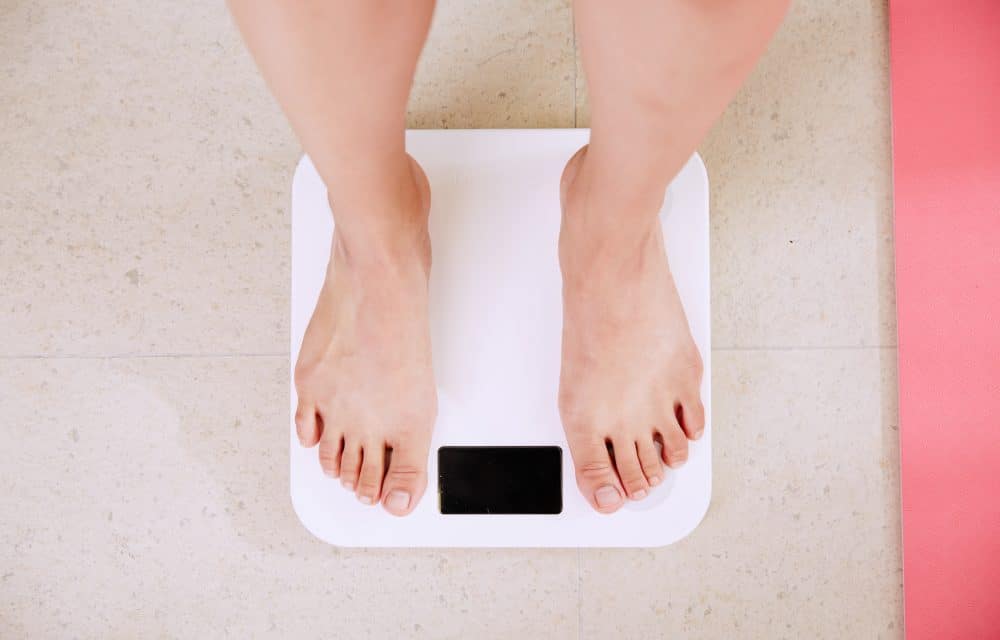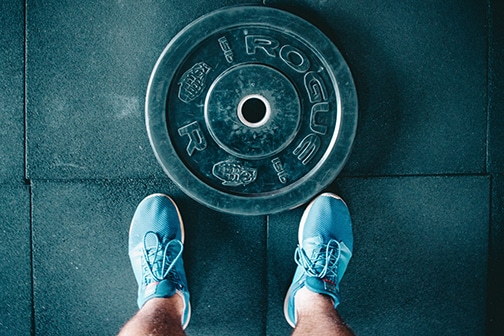Are Carbs Bad For Your Health?
There is a lot of buzz in Louisville, KY, about giving up carbs to lose weight and be healthier. The truth is that carbs are necessary for your health. They provide many nutrients and help fuel the body. It’s not about whether you should eat carbs, but the type of carbs you should eat. Just like fire, some carbs help the body and some destroy it. Beneficial carbohydrates play a vital role in overall health. They’re the source of fiber your body requires. It’s one of the categories of carbohydrates, with the others being sugar and starch.
Good carbs take longer to enter the bloodstream.
One group of carbs, simple sugars, enter the bloodstream with a rush. They spike blood sugar levels, which triggers the release of insulin that immediately drops blood sugar to levels that are often too low. That can start a chain reaction that triggers insulin resistance, weight gain, and serious health issues. Another type of carb, fiber, can slow the rise of glucose. Limiting food with simple sugar, like highly processed food, sweets, food with added sugar, or white rice and white bread, can make you healthier.
Carbohydrates include vegetables and fruit.
Fruits and vegetables are good carbohydrates. They contain fiber, vitamins, phytonutrients, and minerals. The fiber not only slows the entrance of glucose into the bloodstream, but it also feeds the beneficial bacteria in the gut and fills you up so you don’t eat as much. For your digestive tract to work properly, you need fiber. Whole grains, legumes, fruit, and vegetables fit that description. Many are lower in calories, but higher in nutrition.
It’s all about choosing the right type of carbohydrates.
Carbs provide quick energy, but to be your healthiest, be selective. If it’s in its natural form with no additives and little processing, it’s likely a healthy carb. Fresh vegetables are good carbs, while fruit in a thick sugary syrup doesn’t fit that description. Minimally processed fruits and vegetables, like those frozen or canned, can be healthy. Whole grains are healthy, while their highly processed counterparts aren’t. It’s all about the added extras and the nutrition removed.
- The risk of serious conditions such as type 2 diabetes, obesity, and heart disease increase when you consume sugar and unhealthy carbs. Many obese individuals are also malnourished.
- Keeping your gut microbiome healthy is vital. The microbes in your gut affect all parts of the body, including your brain. They also affect your mood. Fiber, a type of carb, helps increase the population of beneficial microbes.
- Instead of quitting all carbs, just quit carbs with added sugar. It will be hard at first, but you’ll notice your sense of taste improving the longer you do it. Eventually, besides getting healthier, you’ll appreciate how sweet fruit is.
- The body needs all three macronutrients: protein, fat, and carbohydrates. Eat a healthy diet that consists primarily of whole food.
For more information, contact us today at Body Sculptors Personal Training









